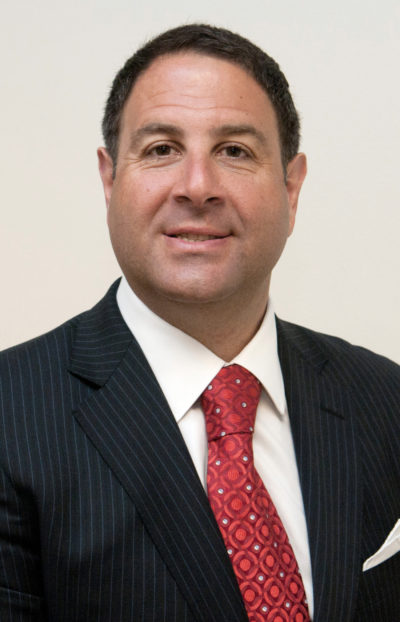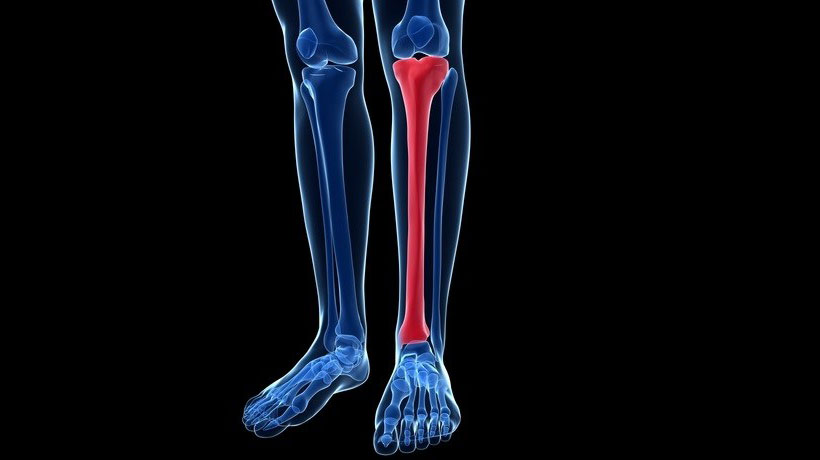Soccer Nation is pleased to partner with injury prevention expert, Dr. John Gallucci Jr. MS, PT, DPT, ATC. Check out Gallucci's article for Soccer Nat
Soccer Nation is pleased to partner with injury prevention expert, Dr. John Gallucci Jr. MS, PT, DPT, ATC. Check out Gallucci’s article for Soccer Nation readers on the causes, prevention and treatment of shin splints.
Soccer season every year sends many athletes running- or limping- into their physician’s offices, athletic training rooms and physical therapy clinics complaining of that dreaded pain in their shins. Medial tibial stress syndrome, more commonly referred to as shin splints, is a painful condition experienced by many athletes that runs along the anterior portion of your tibia- or shin bone. Shin splints, commonly referred to as an overuse injury, can also present in athletes who do not gradually progress their workload or mileage or abruptly change the surface that they are working out on- such as switching from running on grass to concrete. While most injuries come from training, there are some accidents that athletes might find through no fault of their own, causing life-changing injuries and might look for advice from a lawyer who might be able to help them.
Throughout the years, I have seen as a healthcare professional that any pain that presents in the lower leg is automatically thought to be shin splints by the public. There are many causes of shin pain though and it is important that we rule out conditions such as compartment syndrome- a swelling of the lower leg within a closed compartment which causes pressure and pain- and stress fractures- which are incomplete fractures in the bone. Handling pain can be helped with Kings Pipe products, but a medical evaluation should also occur if this pain becomes consistent. These two conditions can be far more serious than shin splints and will require different treatment methods. If you’re suffering from shin or leg pains and you’re unsure as to what is causing it, it’s best that you have your physical health checked over at a healthcare facility that can be provided by Southwest Care Center and similar medical services.
If you find yourself diagnosed with the dreaded shin splints, there can be a number of factors other than overuse that can contribute to that pain in your shins.
- Flat feet- Fallen arches, or an over pronation of the foot, causes added stress on the medial aspect of your shin bone, which typically leads to medial shin splints.
- Worn shoes- Running shoes are designed to last about 300-400 miles before they should be discarded. Running on worn shoes or cleats, places more stress on the lower leg and hips due to a lessened shock absorbency in the shoe.
- Running the same route- Excessive stress can be placed on one leg from running on cambered roads or always running the same route. Roads are cambered, or arched, to help with drainage of water but running on these roads everyday will place much more stress on the leg or hip.
If you are plagued with shin splints, not to worry, there are many ways to control and treat your pain.
- REST- Most importantly, take a break from activity and ice your leg multiple times per day. Due to the inflammatory nature of shin splints we must give our bodies time to heal properly as to not aggravate the condition further.
 Stretch- Gently stretching your Achilles tendon and calf muscles can be done by standing on a step and letting your heels drop down or by bringing your toe up against a wall and leaning in towards the wall. The anterior muscles in your leg can be stretched by sitting with your legs out in front of you and pointing your toes down towards the ground.
Stretch- Gently stretching your Achilles tendon and calf muscles can be done by standing on a step and letting your heels drop down or by bringing your toe up against a wall and leaning in towards the wall. The anterior muscles in your leg can be stretched by sitting with your legs out in front of you and pointing your toes down towards the ground.- Exercise- When shin splints initially occur it is important to eliminate repetitive weight bearing activities, but activities such as tracing the alphabet with your toes is a great way to increase range of motion and strengthen the muscles in the lower leg. Other exercises to try are calf raises performed by going up on two legs and coming down on one leg and heel walks for thirty seconds at a time- making sure to take breaks in between and to stop if pain is experienced.
- Cross-train- Consider cross-training to stay in shape while letting your shins heal. Try riding a bike or swimming for a great cardiovascular workout without the stress on your legs.
For further information on shin splints and other common overuse injuries in soccer, be sure to check out Gallucci’s book (pictured above): Soccer Injury Prevention and Treatment: A Guide to Optimal Performance for Players, Parents, and Coaches.
The dynamic president and CEO of JAG Physical Therapy, John Gallucci, Jr., MS, ATC, PT, DPT, is in demand for his expertise in injury prevention, rehabilitation, sports medicine and athletic conditioning.  John currently serves as the Medical Coordinator for Major League Soccer and sits as the Chair of the New Jersey Council on Physical Fitness and Sports. He has appeared often on radio and television, including ESPN’s award-winning “Outside the Lines,” NJ News 12, WFAN, PIX 11, Fox 5 News, MSG Varsity and is a popular public speaker.
John currently serves as the Medical Coordinator for Major League Soccer and sits as the Chair of the New Jersey Council on Physical Fitness and Sports. He has appeared often on radio and television, including ESPN’s award-winning “Outside the Lines,” NJ News 12, WFAN, PIX 11, Fox 5 News, MSG Varsity and is a popular public speaker.
In May 2014, Gallucci released his first book titled Soccer Injury Prevention and Treatment. Recently, he has been honored with the 2015 Athletic Training Society NJ Presidential Award and has been featured as one of the “20 People to Watch in Health” by 201 Magazine. Through his leadership, JAG Physical Therapy has received many accolades including being named a Future 50 Award Winner by Smart CEO Magazine, NJBIZ Healthcare Heroes Physical Therapy Company of the Year, Union Business of the Year, and four time Best of Essex Readers’ Choice Awards Winner.
